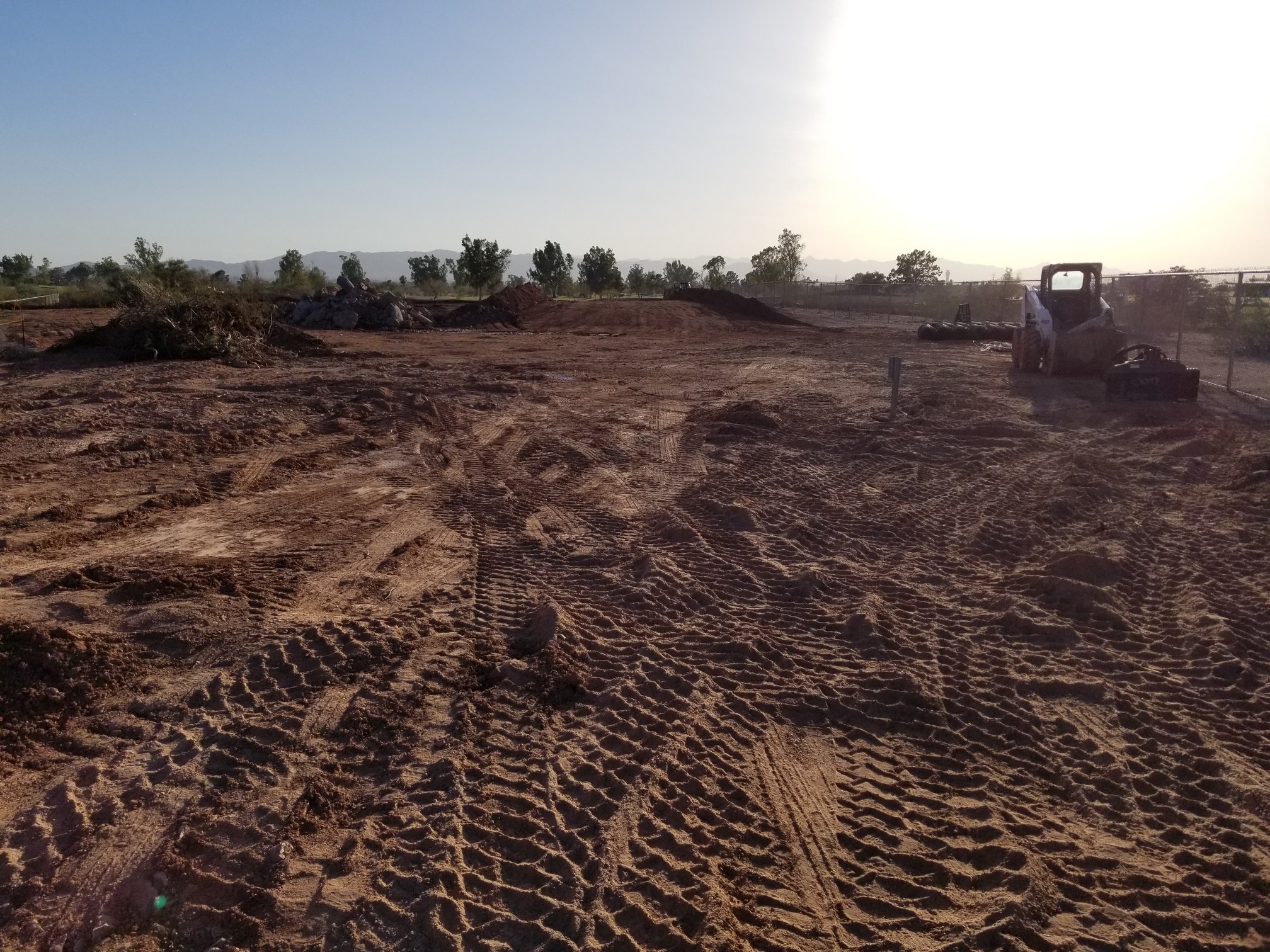Did you know Papago Park used to be a U.S. National Monument?
The red sandstone buttes of Papago Park rise 1,700 feet above Phoenix, Arizona, luring visitors to
the park's many recreational attractions and scenic sights. President Woodrow Wilson declared the
Papago Saguaro National Monument on January 31, 1914 for its “splendid examples of the giant and
many other species of cacti and the yucca palm, with many additional forms characteristic of desert
flora, [that] grow to great size and perfection and are of great scientific interest, and numerous
prehistoric pictographs of archaeologial and ethnological value” (Proc. No. 1262).
Early
Native Americans knew the area and placed particular significance in the formation now known as
Hole-in-the-Rock. The Hohokam people marked the changing seasons and predicted seasonal events by
monitoring the sun's movement through a naturally eroded opening in the rock's overhang onto marks
made in the ground below.
On April 7, 1930, Papago Saguaro became the first national monument to be "abolished." By
Congressional act the National Monument designation was removed and the land ownership was
transferred from the federal government to the state and local governments. A number of reasons
contributed to the change. Like many other national monuments, Papago Saguaro received little
funding for even basic preservation and management tasks. Over time, it became a popular tourist
destination and camping spot, but had insufficient funds to repair graffiti or advertisements
painted on the rocks. Additionally, many saguaros, the namesake cacti of the national monument, were
stolen for landscaping or for sale.
Other factors included an opportunity to install a canal for a bass hatchery to support
sports fishing. The canal easement also allowed for massive power lines that distracted from the
national monument’s image of protecting natural resources.
Public and political figures began to pressure the state parks to take control of Papago Saguaro to
see if they could stem the deterioration. After four years of behind-the-scenes efforts, petitions,
letters and meetings from Arizona political figures and state park officials, in 1930 Congress
transferred ownership to the state for park, recreational, and public convenience purposes. Part of
the site was transferred to the City of Tempe to the National Guard for use as a rifle range.
Another section was used for the canal and power lines. The park was known as Papago Saguaro
National Monument until it was re-designated an Arizona state park.
The city of Phoenix purchased Papago Park in 1959 and filled the site's 1,200 acres with
recreational and educational features. Visitors enjoy the park's gradual trails, well-equipped
picnic areas, fishing lagoons, pike paths, zoo, botanical garden, fire museum, and golf course.
Today, visitors continue to appreciate the features of the landscape that marked Papago Park as
special over nine decades ago.



